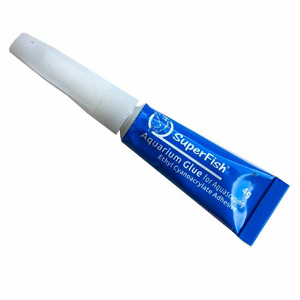What thickness CA do you use for rigging. On my bench I have Bob Smith "super thin" and "gap filling medium". The super thin wicks up the rope too much and the gap filling beads up on the rope. Is there a Goldilocks thickness for rigging? Not too thick, not too thin? If you have found the ideal CA can you give me the thickness and brand name as I imagine there are differences among the manufacturers.
Thanks
PS and please, I don't need any lectures about using PVA rather than CA. I know it's better but I just don't have the patience. I'm also 76 so I may not have the time 5 minutes for every seizing starts to add up.
5 minutes for every seizing starts to add up.
Thanks
PS and please, I don't need any lectures about using PVA rather than CA. I know it's better but I just don't have the patience. I'm also 76 so I may not have the time
Last edited:









